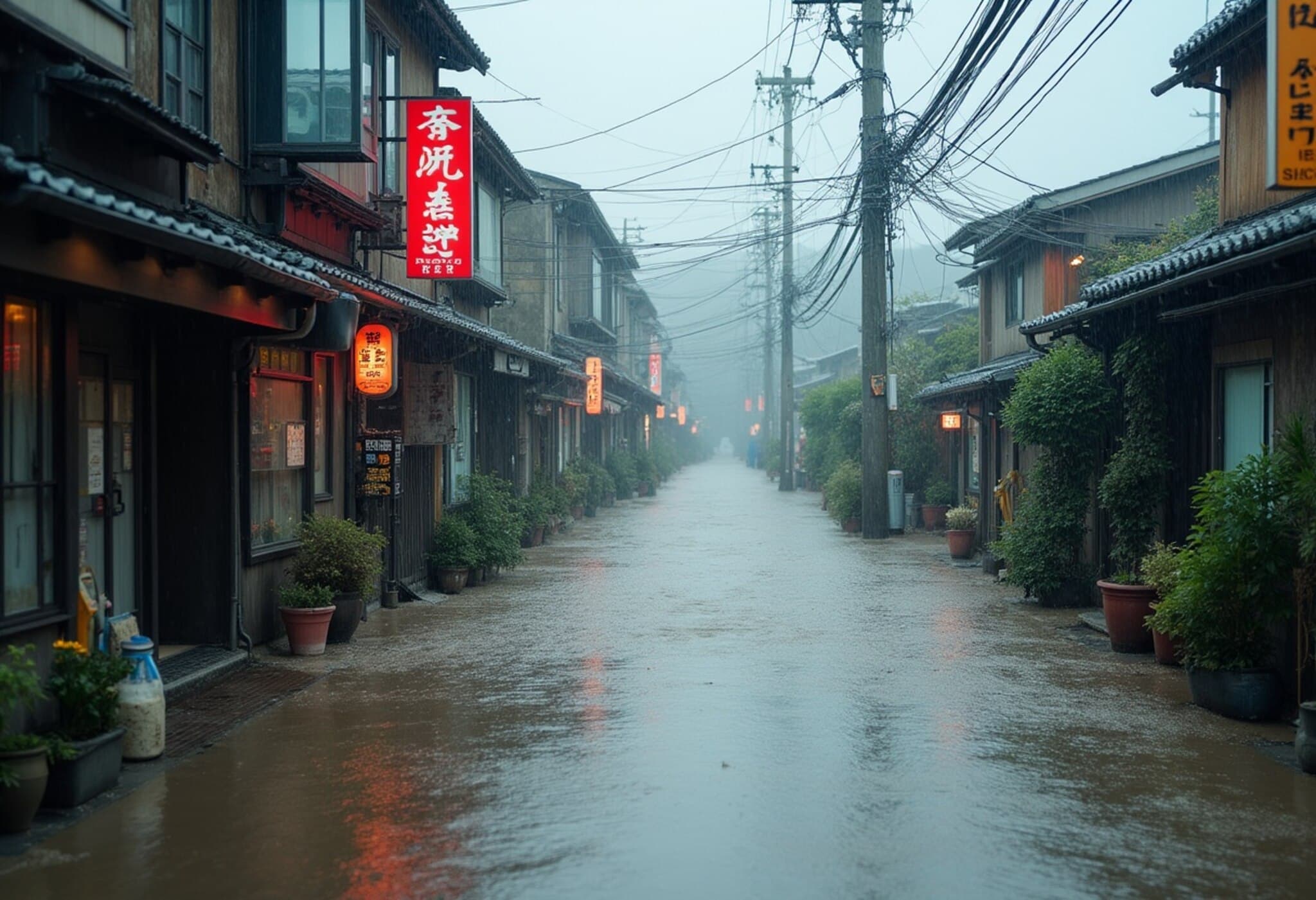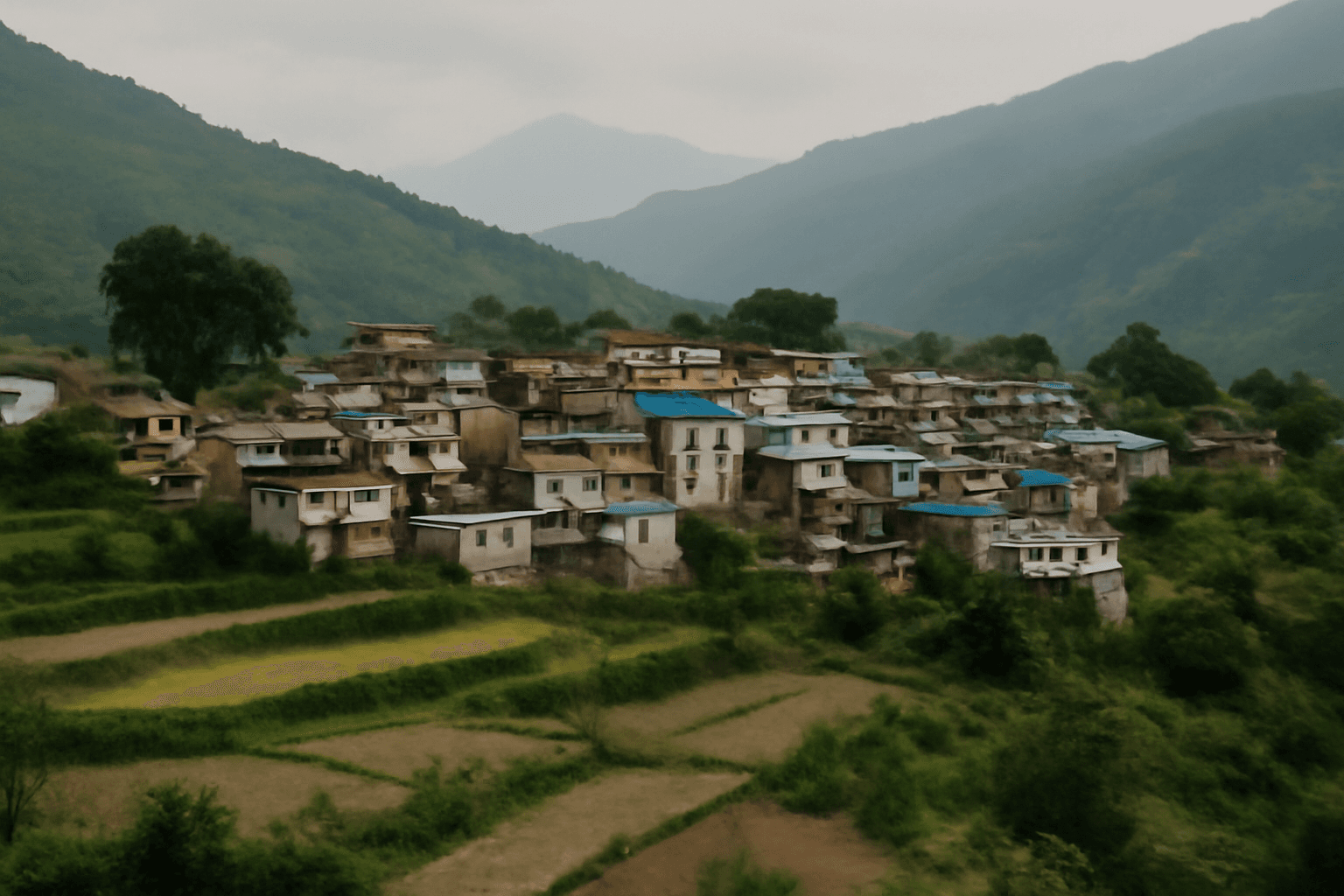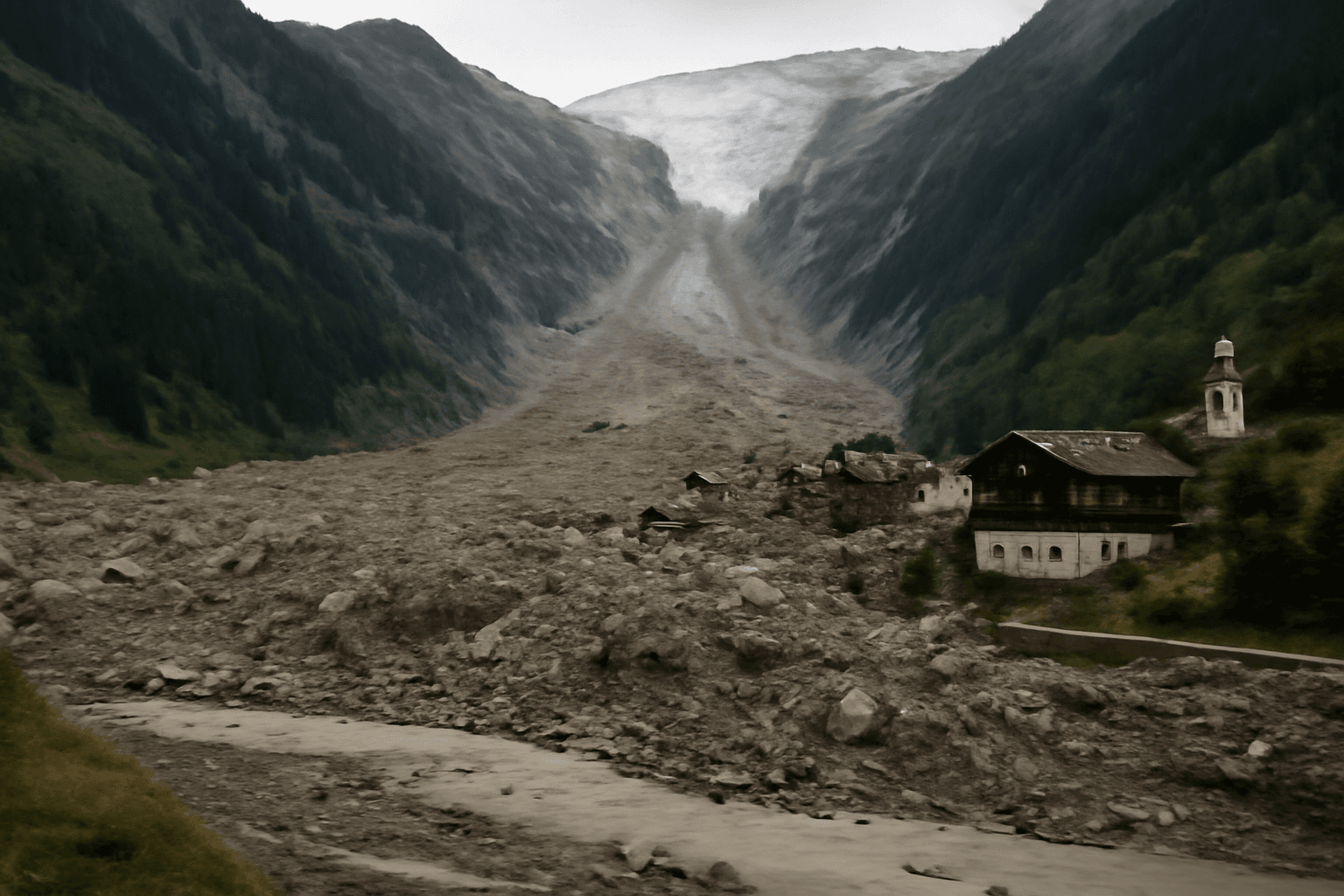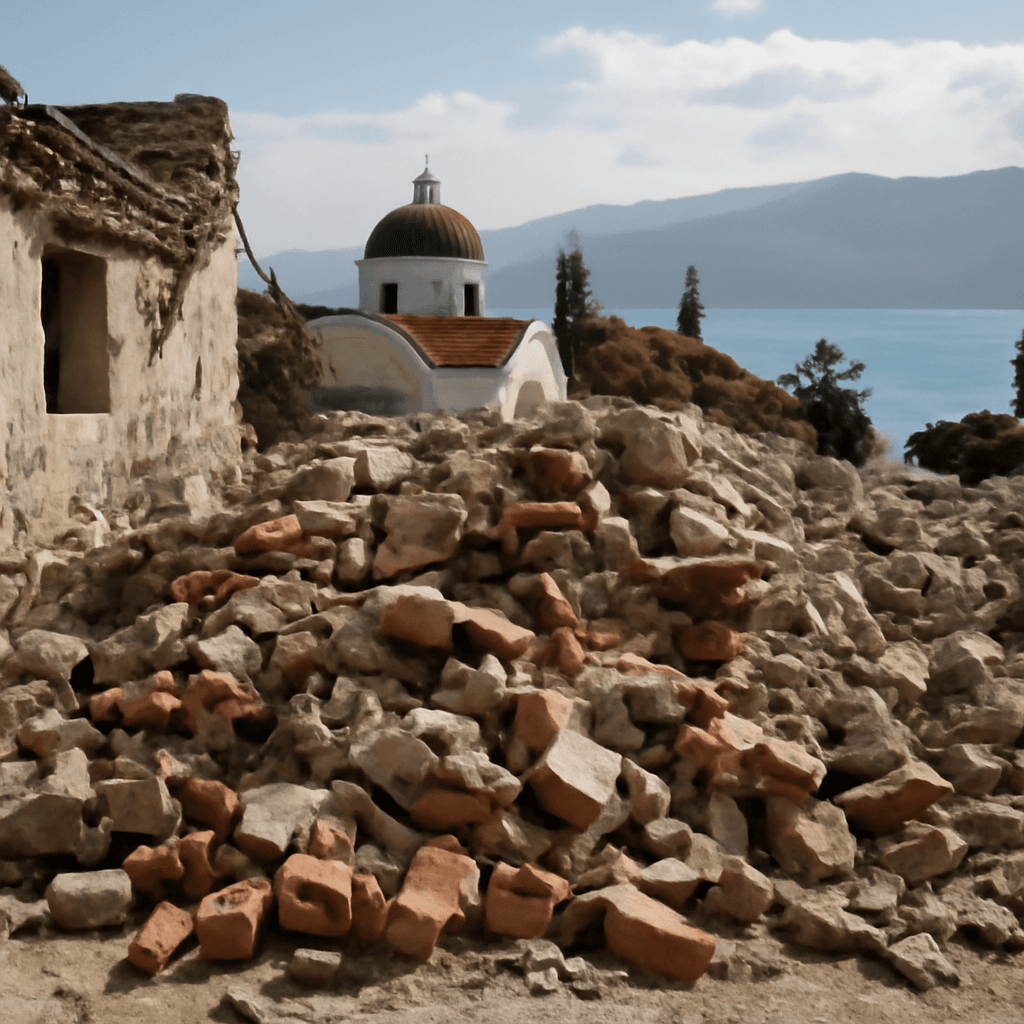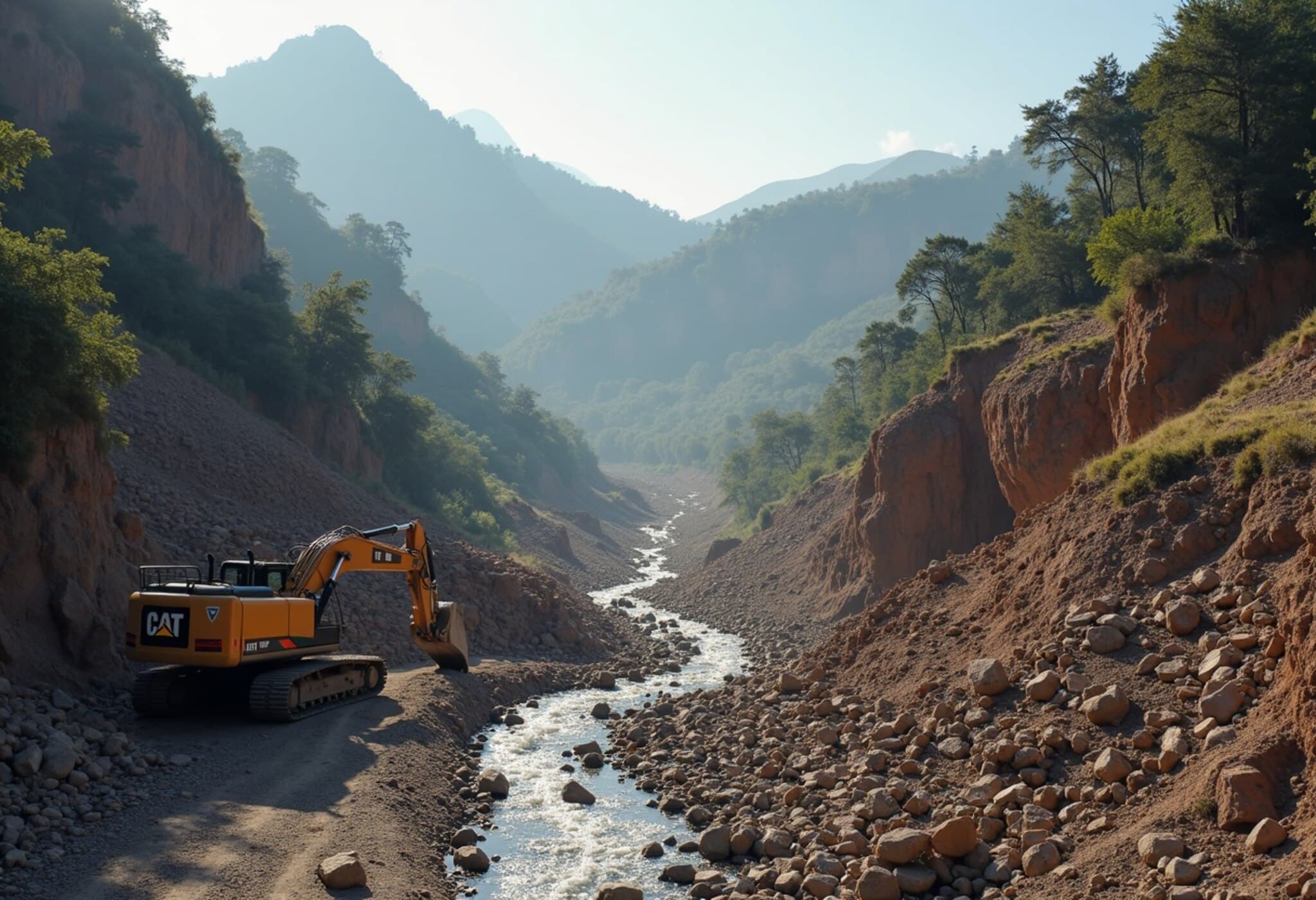Severe Flooding and Mudslides Ravage Southern Japan Amid Unrelenting Torrential Rains
As relentless heavy rains continue to lash Japan’s southern island of Kyushu, the region is grappling with widespread flooding and destructive mudslides that have led to multiple injuries, widespread disruptions, and missing persons. The catastrophe has unfolded amid Japan’s Buddhist "Bon" holiday week when many traditionally travel to visit family, compounding the human and logistical impact.
Japan Meteorological Agency Issues Highest-Level Warning
On Monday, the Japan Meteorological Agency (JMA) escalated its alert to the highest level in Kumamoto Prefecture, signaling an extremely serious threat to life and property. In parallel, the Fire and Disaster Management Agency issued urgent evacuation advisories, urging tens of thousands of residents across Kumamoto and six neighboring prefectures to seek immediate safety.
Search and Rescue Efforts Underway Amid Dangerous Conditions
Rescue operations are intensifying in Kumamoto, where at least three people remain missing after a mudslide struck a family en route to an evacuation center. Two members of the family were rescued alive, but the fate of the third still hangs in uncertainty. Additional individuals are also unaccounted for in nearby areas, including two others missing elsewhere within Kumamoto and yet others reported missing after being swept into swollen rivers in Fukuoka Prefecture.
Emergency crews continue their painstaking search amid hazardous terrain, battling fast-moving floodwaters that are laden with debris such as uprooted trees and branches, as highlighted in televised footage showing residents wading through knee-deep muddy water.
Widespread Disruptions Affect Transportation and Utilities
The torrential rains emanating from a stagnant low-pressure weather system have significantly disrupted mobility. Key transport services like the Shinkansen bullet trains linking Kagoshima with Hakata in northern Kyushu—crucial arteries for daily commuters and holiday travelers alike—were suspended Monday morning, alongside local train lines.
Utility services have not been spared either, with approximately 6,000 households in Kumamoto experiencing power outages, as reported by Kyushu Electric Power Co. These outages add another layer of difficulty to emergency operations and daily living in the affected communities.
Contextualizing the Crisis: The Human and Policy Implications
Japan’s geography, characterized by mountainous terrain and heavy rainfall trends intensified by climate change, makes regions like Kyushu uniquely vulnerable to such disasters. Experts emphasize that urban planning and infrastructure resilience must evolve alongside shifting climate patterns to mitigate future risks.
Moreover, this natural disaster underscores the critical role of timely and clear communication between meteorological agencies, emergency responders, and the public to ensure swift evacuations that save lives.
Key Takeaways
- Heavy rains in Kyushu have caused flooding and mudslides, resulting in injuries and missing persons.
- Highest-level weather warnings and evacuation advisories have been issued, highlighting grave danger.
- Transport services and utilities face major disruptions, complicating rescue and recovery efforts.
- Ongoing rescue operations confront precarious conditions with debris-filled rivers and floodwaters.
- Climate resilience and disaster preparedness remain critical policy challenges going forward.
What’s Next?
Authorities continue monitoring weather developments closely as more rain is expected in northern Kyushu. Residents are advised to stay vigilant, adhere to evacuation guidance, and prepare for continued disruptions in daily life and infrastructure services.

